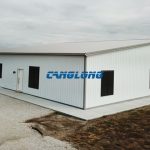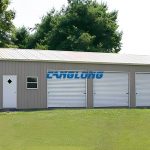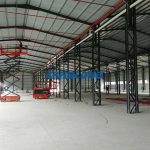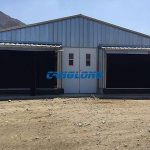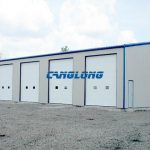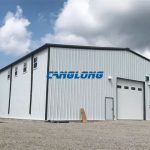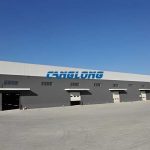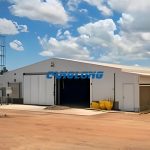How much do steel or metal storage buildings cost?
Against the backdrop of sustained growth in global industrialization and logistics demand, steel or metal storage buildings have become a popular choice in the warehousing, industrial, and commercial sectors due to their durability, modularity, and rapid deployment. This article will analyze the pricing mechanism of such buildings from a global perspective and explore the core factors that affect costs, providing buyers with decision-making references.
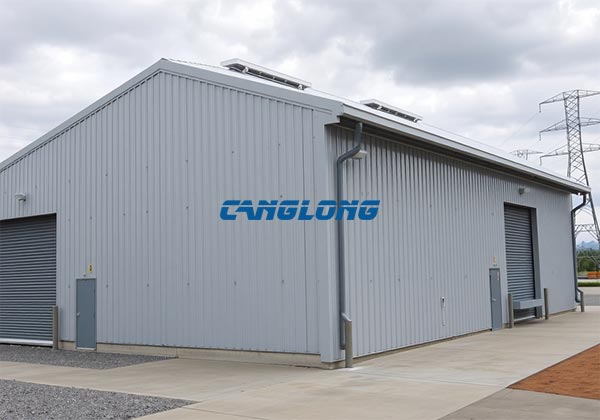
The core cost composition of steel or metal storage buildings
1. Fluctuations in raw material prices
The main materials for steel structure buildings include galvanized steel plates, steel beams, and insulation layers. Global steel prices are significantly influenced by iron ore supply, energy costs (such as natural gas and electricity), and geopolitical factors. For example, in 2022, the Russia-Ukraine conflict led to a 30% increase in steel prices in Europe, while in 2023, the Asian market experienced regional fluctuations due to China’s capacity adjustment.
- Key data: The American Iron and Steel Institute (AISI) report shows that the average price of cold-rolled steel plates in Q2 2023 was $900/ton, an increase of 45% compared to 2020.
- Response strategy: Locking prices in long-term contracts or choosing floating pricing clauses can reduce risks.
2. Design and customization requirements
Standardized steel or metal storage buildings have lower costs (about 150-300/㎡), but customized designs (such as explosion-proof warehouses and multi story structures) can significantly increase costs. For example:
Fire rating: Fire resistant coatings that meet NFPA 230 standards may increase costs by 15% -20%.
Climate adaptability: The wind resistance design in hurricane prone areas (such as Florida requiring wind resistance of up to 180mph) requires additional reinforcement.

Regional market differences and pricing strategies
1. North American market: high standardization and fast delivery
Customers in the United States and Canada prefer modular design, with delivery cycles typically ranging from 6-8 weeks. Due to the mature local steel supply chain, transportation costs account for a low proportion (approximately 5% -8% of total costs). But environmental regulations such as CARB certification in California and other places may increase material handling costs.
2. European market: environmental protection and certification barriers
European buyers prioritize sustainability and demand the use of recycled steel (such as BS EN 10277 standard). In addition, the cost of CE certification and local installation team (approximately 10% -15% of the total cost) needs to be included in the budget. The competition in the German market is fierce, with prices 20% -30% higher than in Eastern Europe.
3. Emerging markets: cost-effectiveness and localization challenges
In Southeast Asia and Africa, import steel tariffs (about 15% in Vietnam) drive up costs, but low local labor costs can balance budgets. For example, the metal warehouse project in Ho Chi Minh City, Vietnam has a total cost that is 30% lower than in Europe and America, but it requires a higher risk of transportation delays.
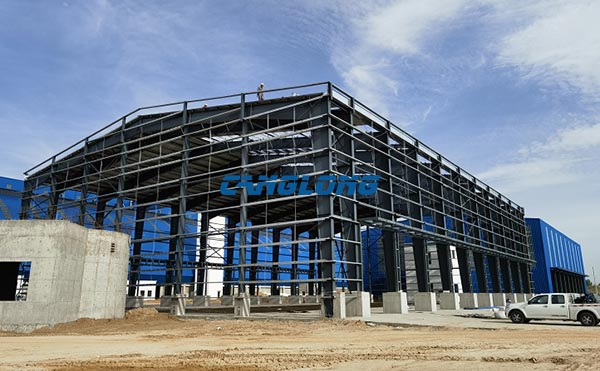
Four strategies to reduce costs
- Large scale procurement: Bulk orders can receive a 5% -10% discount, especially suitable for chain enterprises.
- Simplified design: Reduce irregular structures and use pre installed bolt connection systems to shorten the construction period.
- Localized cooperation: Cooperate with target country agents to avoid tariffs, such as obtaining BIS certification in Australia, which can reduce costs by 15% for local assembly.
- Government subsidy utilization: Some countries (such as India) provide GST refunds for steel structure buildings, up to 7% of the total project cost.
Future Trends: Technological Upgrades and Price Transparency
With the popularity of BIM modeling and AI design tools, the accuracy of quoting for metal storage building has increased by 30%. Blockchain technology has also been applied to supply chain traceability, reducing middleman markups. It is expected that by 2026, the global steel structure construction market will exceed $120 billion, and price competition will focus on value-added services such as IoT monitoring system integration.
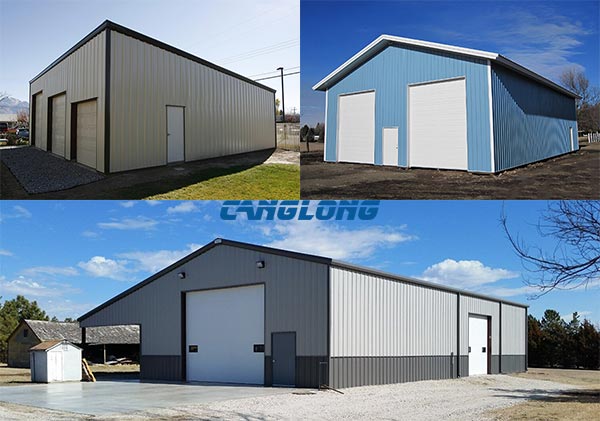
Conclusion
The price of steel or metal storage buildings are influenced by multiple variables, but through precise market positioning and technological innovation, companies can gain an advantage in global competition. It is recommended that customers evaluate their localization experience, material certification, and flexible pricing models comprehensively when selecting suppliers. If you need real-time quotes or case analysis, please contact Canglong Group for customized solutions.

